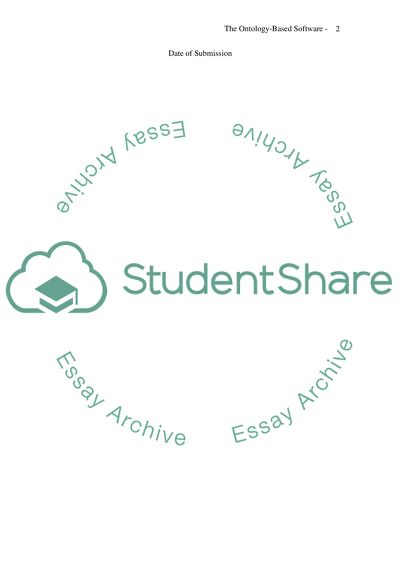Cite this document
(“The Ontology-based Software Co-Evolution of Cloud and Mobile Computing Literature review”, n.d.)
The Ontology-based Software Co-Evolution of Cloud and Mobile Computing Literature review. Retrieved from https://studentshare.org/information-technology/1457871-the-ontology-based-software-co-evolution-of-cloud
The Ontology-based Software Co-Evolution of Cloud and Mobile Computing Literature review. Retrieved from https://studentshare.org/information-technology/1457871-the-ontology-based-software-co-evolution-of-cloud
(The Ontology-Based Software Co-Evolution of Cloud and Mobile Computing Literature Review)
The Ontology-Based Software Co-Evolution of Cloud and Mobile Computing Literature Review. https://studentshare.org/information-technology/1457871-the-ontology-based-software-co-evolution-of-cloud.
The Ontology-Based Software Co-Evolution of Cloud and Mobile Computing Literature Review. https://studentshare.org/information-technology/1457871-the-ontology-based-software-co-evolution-of-cloud.
“The Ontology-Based Software Co-Evolution of Cloud and Mobile Computing Literature Review”, n.d. https://studentshare.org/information-technology/1457871-the-ontology-based-software-co-evolution-of-cloud.


